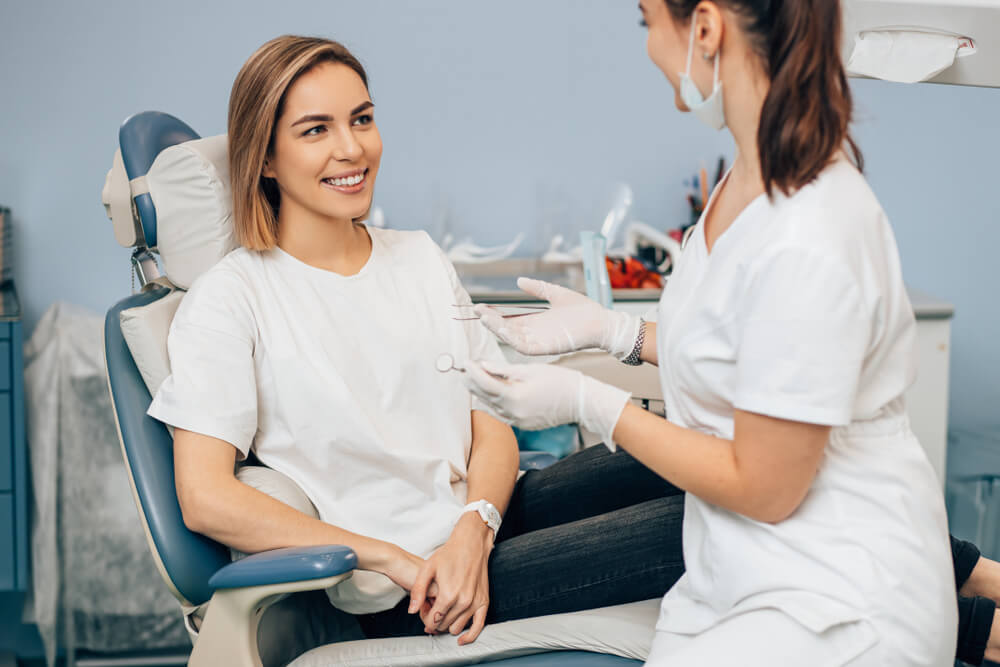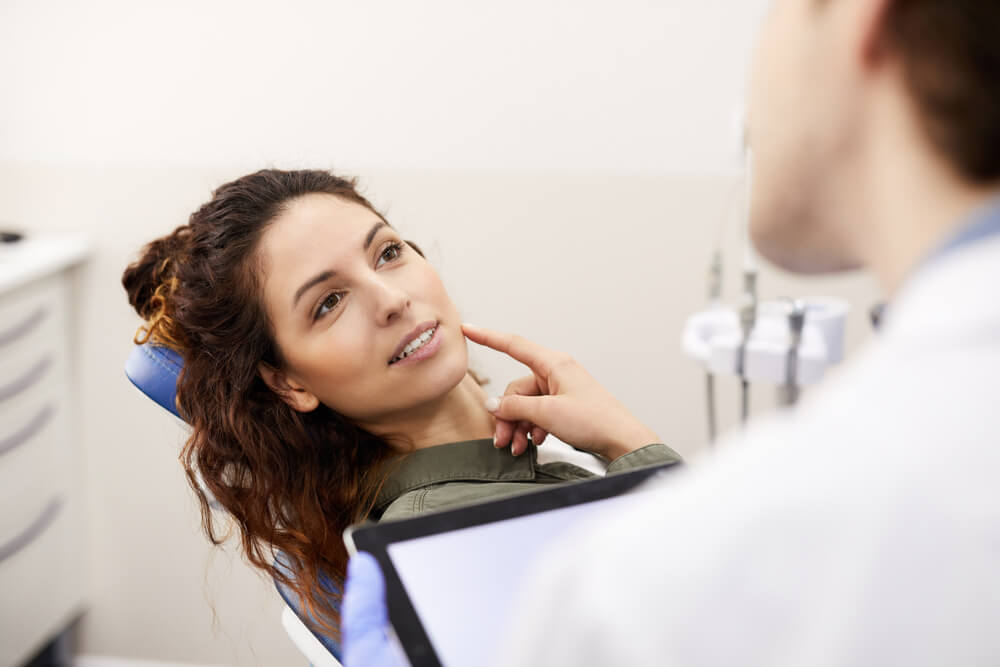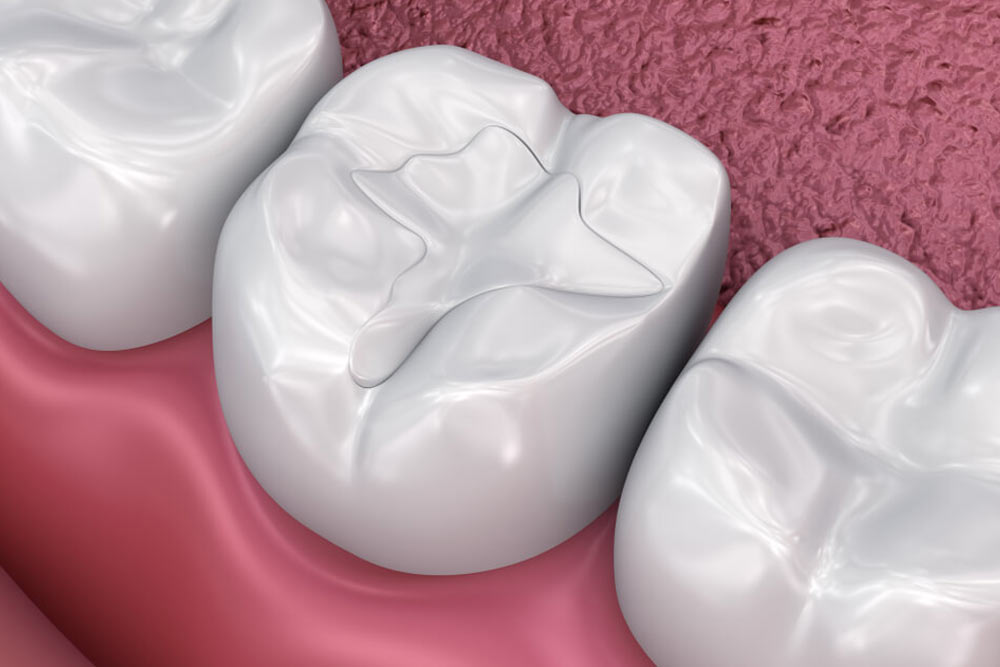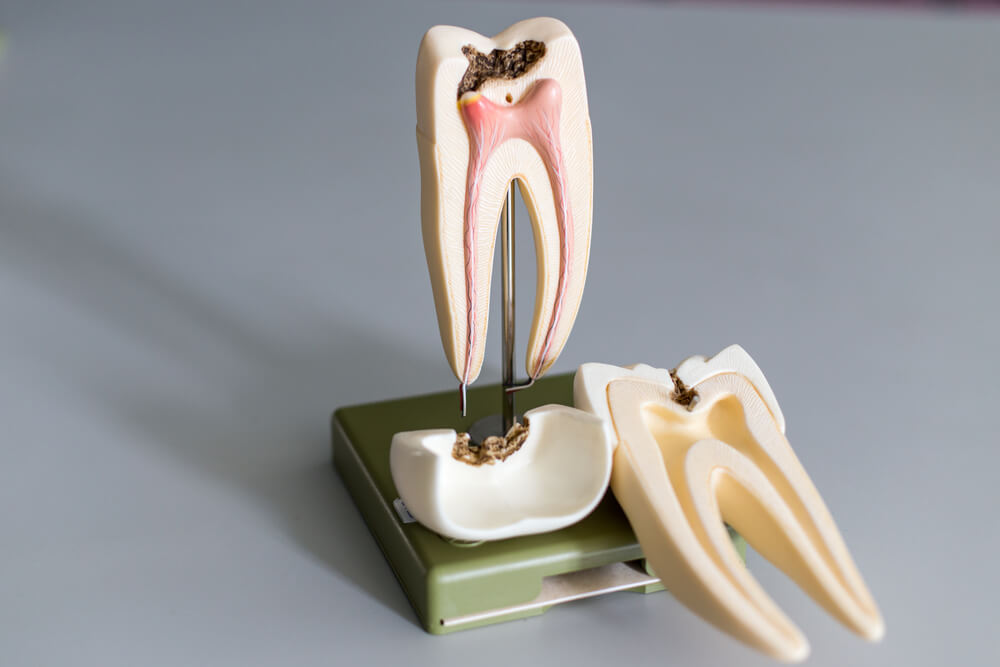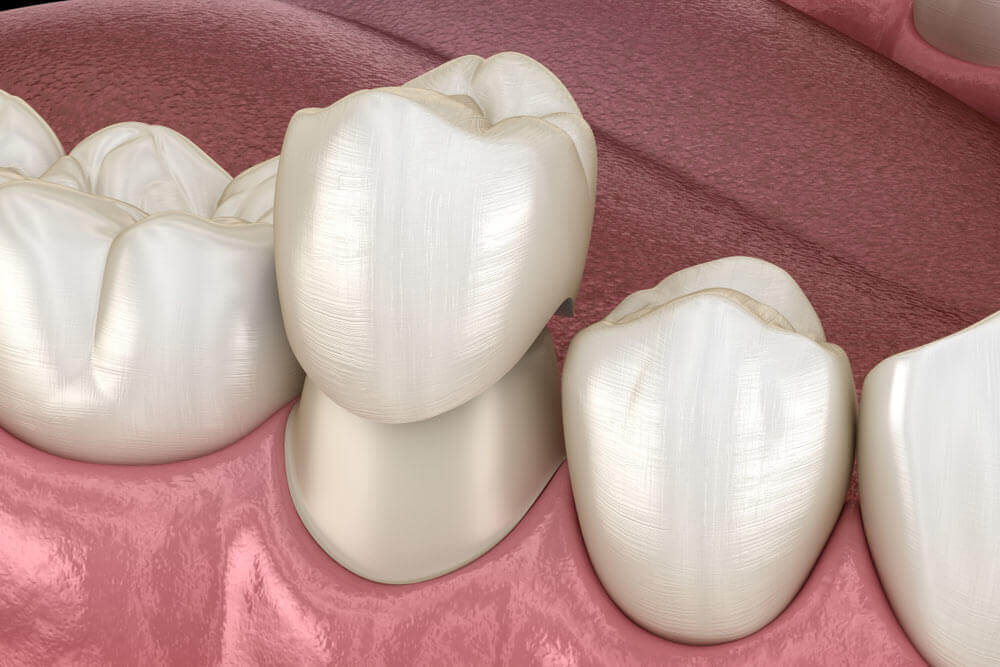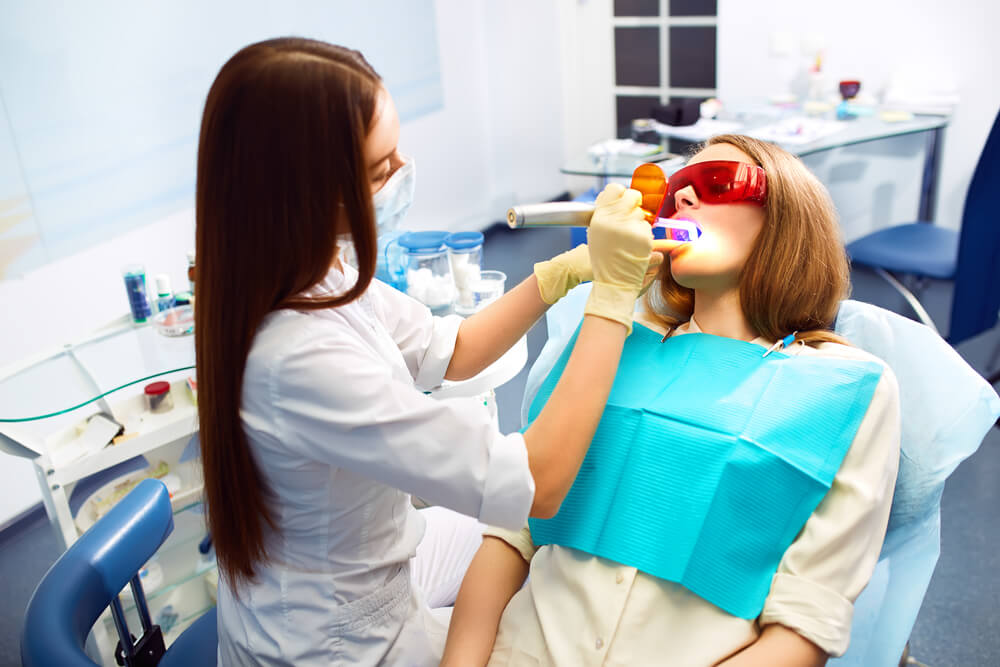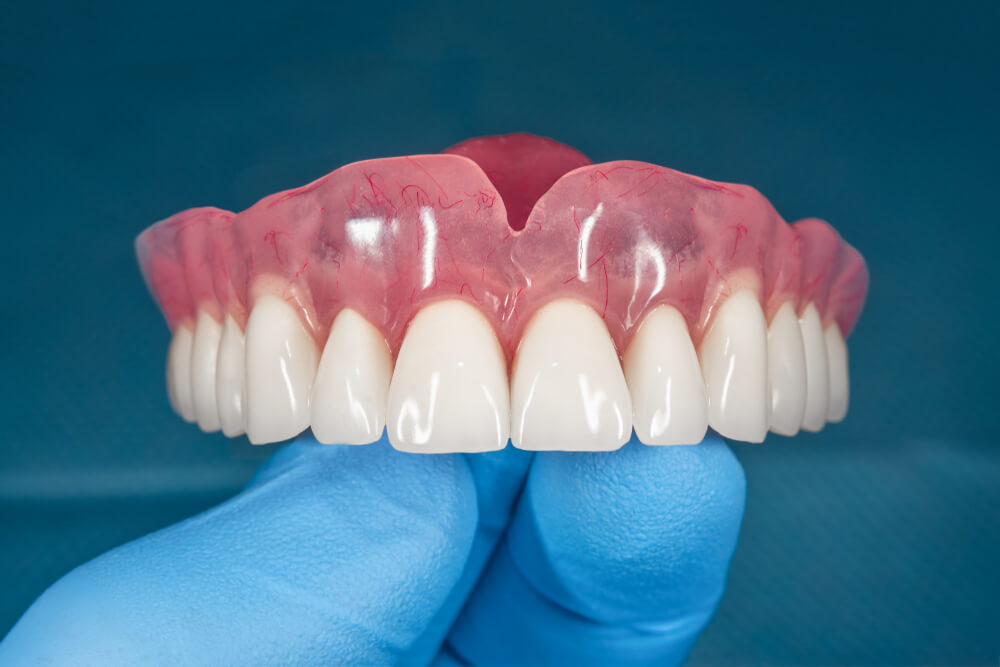Your temporomandibular joints (TMJ) are found on either side of your skull, just below your ears. This joint is responsible for joining the lower mandible to the upper maxilla, and allows you to open and close your mouth, as well as to chew and bite foods. Unfortunately, this joint is also prone to dysfunction because it is made up of various structures including bones, tendons, ligaments, muscles, blood vessels, and nerves. When the joint becomes dysfunctional, it can cause a range of problems including orofacial pain. This is known as temporomandibular joint disorder (TMD).
Did You Know?
A damaged jaw joint can cause pain in the forehead, scalp, upper eyelids, upper jaw, cheeks, lips, nasal cavity, lower jaw, ears, lower lip, and chin. This is because the largest facial nerve, known as the trigeminal nerve, connects all these structures.
Frequently Asked Questions:
Do I have TMD?
While only an experienced dentist can accurately diagnose TMD, you may have TMD if you are experiencing one or more of the following symptoms:

- Facial pain
- Jaw pain
- Ear pain/tinnitus
- Pain while biting/chewing
- Inability to open or close the mouth completely
- Headaches/migraines
- Popping or clicking noises in the jaw joint
- Problems biting/chewing
To be evaluated for TMD, schedule a consultation with Park City Dental today.
How is TMD treated at Park City Dental?
At Park City Dental, we offer a few different types of treatments for TMD treatment. These can include one or more of the following:
Orthodontic Treatment
One common cause of TMD is a misaligned bite that places excess strain on the jaw joint. Therefore, orthodontic treatment may be recommended to properly align the bite and alleviate this additional strain.
Nocturnal Orthotics
Another common cause of TMD is bruxism, also known as teeth grinding or clenching. Bruxism often occurs unconsciously while you sleep, so many people are not even aware of this behavior. Nevertheless, bruxism also applies additional strain to the jaw joint and can lead to TMD. In these cases, an oral appliance known as a nocturnal orthotic may be recommended to stop teeth grinding by repositioning the jaw and relaxing the jaw muscles.
Myofunctional Therapy
Some cases of teeth grinding and clenching can be attributed to myofunctional disorders, which affect the development and function of orofacial structures. Myofunctional disorders can occur when abnormal lip, jaw, or tongue position cause developmental problems that interfere with jaw movement, oral hygiene, and facial appearance. Myofunctional therapy corrects these problems by retraining facial muscles to improve function.
Vivos System
The Vivos system is used to prevent TMD by encouraging proper development of certain structures. Vivos offers Class I medical devices used to encourage proper tooth position and to expand the palate when necessary.

